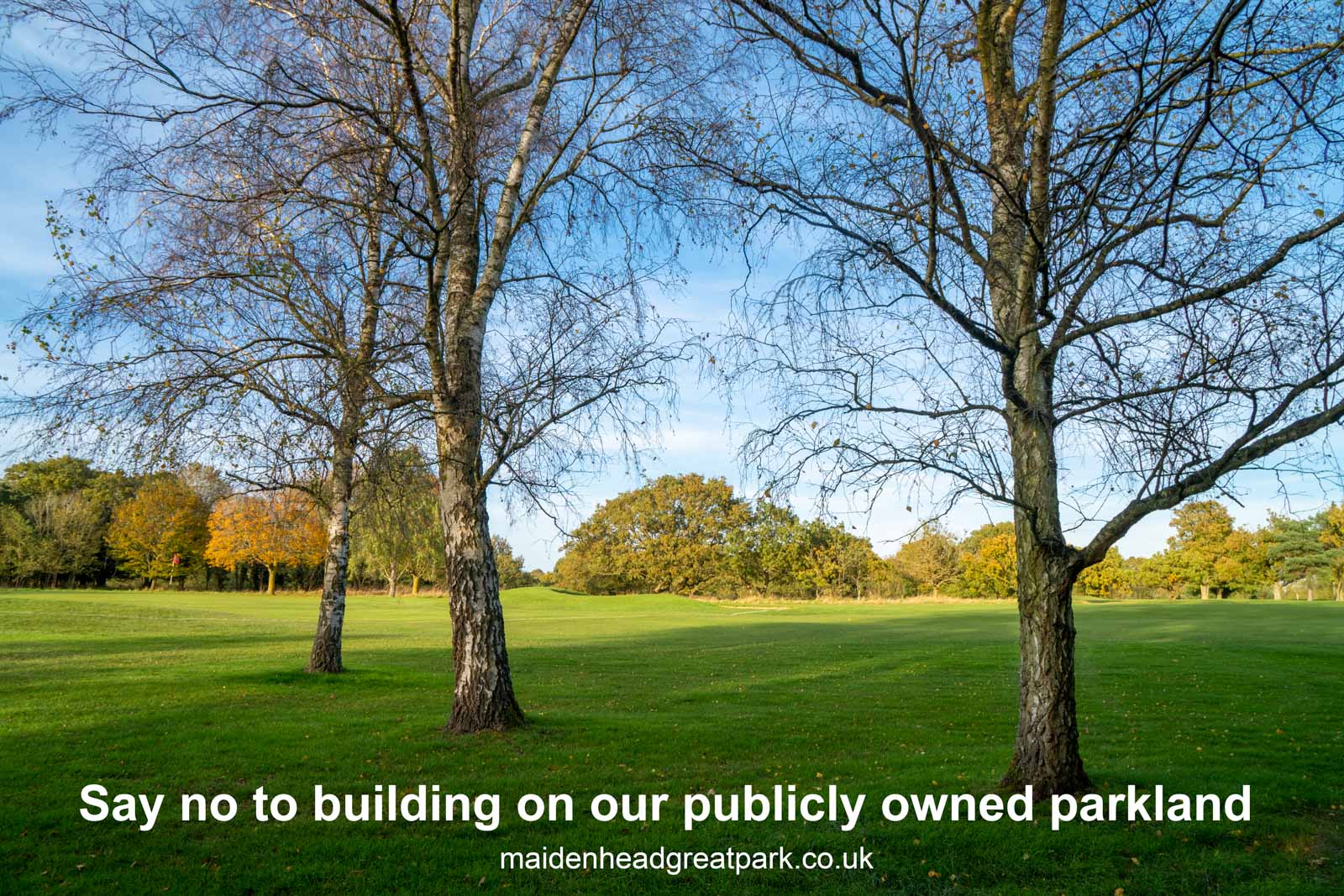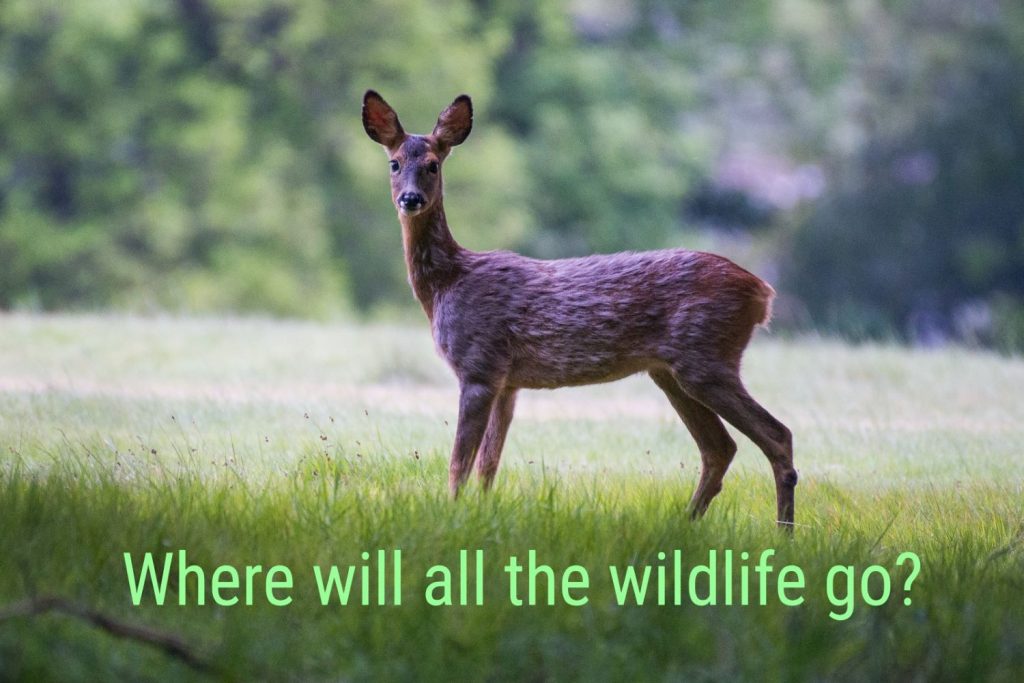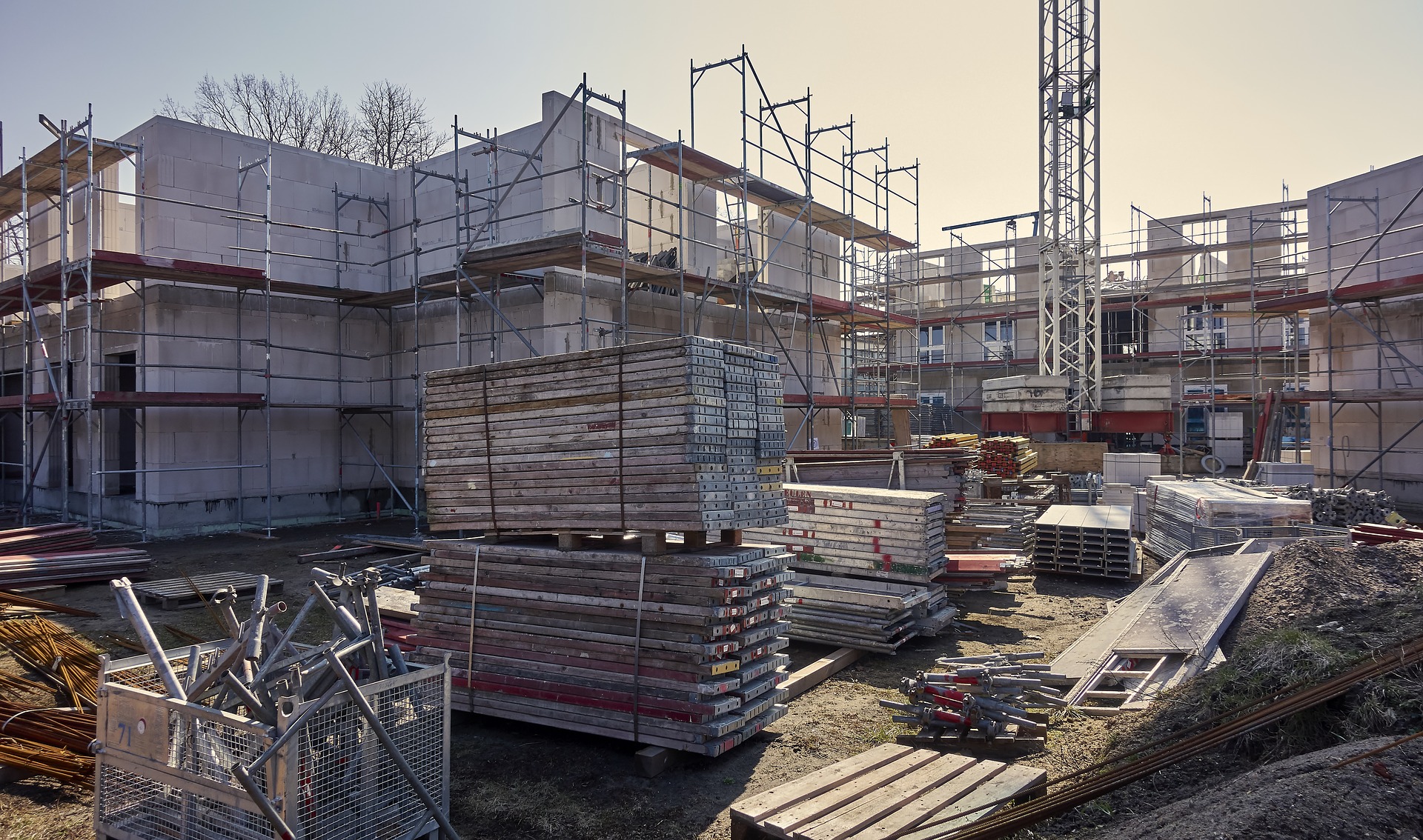
Nature is under threat in Maidenhead
Editor
- 2
- 493

The Royal Borough of Windsor & Maidenhead’s Borough Local Plan includes building 2,000 new flats and houses on Maidenhead Golf Course.
This land is green belt and was bought by the council in 1953 to protect it from development.
Around 40 per cent of the 132-acre space is woodland (including Ancient Woodland at Rushington Copse). So it’s an important site for wildlife, including protected species like owls, bats, slow worms, hedgehogs, kestrels and red kites.
The importance of wildlife corridors
The Wildlife Trusts highlights the importance of nature corridors and linked green spaces, and is calling for of least 30 per cent of our land and sea to be connected and protected for nature’s recovery by 2030.
Maidenhead Golf Course is close to Windsor Great Park and provides a vital habitat ‘stepping stone’ for local wildlife, supporting the much depleted biodiversity remaining in the south east of England. The development of Maidenhead Golf Course will undoubtedly negatively impact other green spaces in the Royal Borough and once it’s gone, we can’t get it back.
Nature is already under stress
Nature is already increasingly stressed by the loss of habitat and the effects of climate change. Ecologists and Climate Scientists are repeatedly warning us that we are dangerously close to a mass extinction event. We must protect and enhance remaining wildlife habitats, not concrete them over.
As well as providing vital connecting wildlife habitats, Maidenhead Golf Course is our green lung, absorbing pollution from busy local roads.
More homes are planned for our Borough than we need
RBWM’s Borough Local Plan justifies developing the 132 acres of green belt at Maidenhead Golf Course using 2012 projections on housing need (14,240). In fact the BLP makes provision for a total of 15,948, oversupplying by 1,708.
The Planning Inspector pointed out that 2018 housing need projections half the number needed for our borough (6,382). Since 2013 over 6,000 new homes have already been built or given planning permission, so we don’t need any more housing, and any necessary development should be focused on brownfield sites.
Greenspace is vital for mitigating the effects of climate change
It’s simply not right to sell off our priceless publicly owned greenspace, which will be vital for taking steps to mitigate against climate change. This includes strengthening biodiversity, tree planting, water storage, carbon sequestering, pollution absorption and community greenspace.
We need your support to defend nature in our town!
Our Go Fund Me campaign has been set up to raise money for the legal and environmental expertise we need to ensure this vital green space is protected for our community and for future generations. This is likely to include:
- Legal fees for a possible Judicial Review and for placing legal protections on the land to prevent future development;
- Ecology surveys to help secured designations and protections for wildlife; and
- Campaign awareness such as leaflets, posters and social media.
You can contribute towards our campaign here



Is the area of forest currently decreasing?
Under the plans currently being consulted on, there will be a loss of approximately half the current wooded area – with the loss of approximately 5,000 mature trees.
The 2 hectare area of anicent woodland at Rushington Copse is being protected but we are calling for a 100 metre buffer zone around Rushington Copse, instead of the current 15 metres being planned.
Without this, such a dense development of the area around the copse will quickly and significantly degrade the woodland.